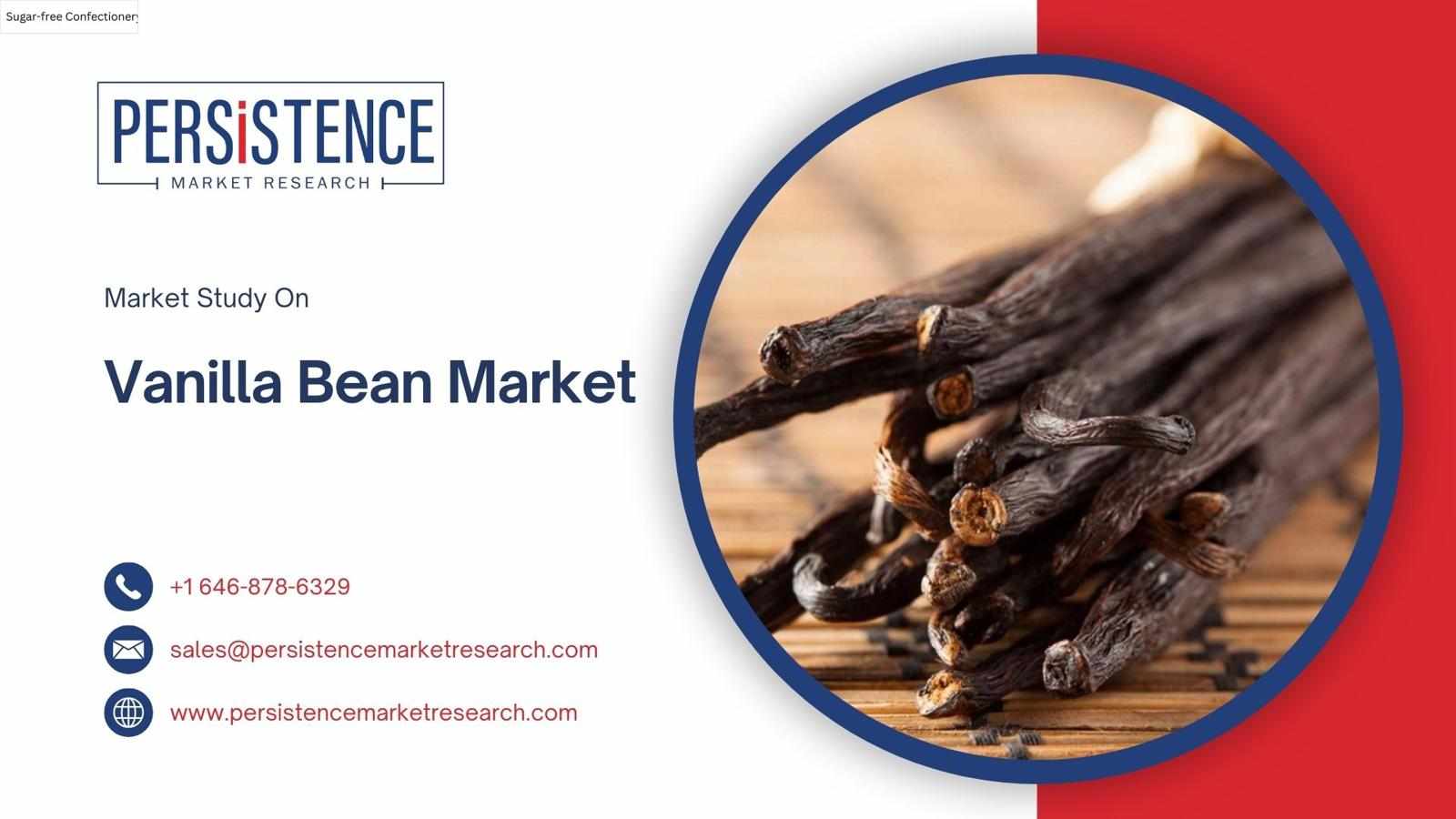
The fragrance industry is undergoing a significant transformation, with evolving consumer preferences, technological advancements, and a heightened focus on sustainability. In the United States, the perfume ingredient chemicals market is poised for substantial growth, driven by these dynamic shifts. According to projections by Persistence Market Research, the U.S. perfume ingredient chemicals market is estimated to increase from US$7.2 billion in 2024 to US$10.3 billion by 2031, reflecting a compound annual growth rate (CAGR) of 5.3% during the forecast period from 2024 to 2031. This growth is primarily attributed to the rising consumer preference for natural and organic ingredients over synthetic ones, driven by increased awareness of health and environmental impacts.
Market Overview
The U.S. perfume ingredient chemicals market encompasses a wide array of components, including essential oils, aroma chemicals, fixatives, and solvents. These ingredients serve as the foundation for creating fragrances used in perfumes, cosmetics, personal care products, and household items.
Key Market Drivers
1. Consumer Demand for Natural Ingredients: There is a growing consumer preference for products made with natural and organic ingredients. This trend is driven by increased awareness of health and environmental impacts associated with synthetic chemicals. Consumers are seeking fragrances that are free from harmful substances and are produced using sustainable practices.
2. Technological Advancements: Innovations in biotechnology and green chemistry are enabling the development of new, sustainable fragrance ingredients. Techniques such as upcycling waste materials and using renewable resources are gaining traction in the industry.
3. Regulatory Changes: Stricter regulations regarding the use of synthetic chemicals in consumer products are prompting manufacturers to reformulate their products. This shift is encouraging the adoption of natural and safer alternatives in fragrance formulations.
4. Sustainability Initiatives: Brands are increasingly focusing on sustainability, not only in the ingredients they use but also in their packaging and production processes. This includes the use of biodegradable materials, refillable packaging, and ethical sourcing of raw materials.
Market Segmentation
The market can be segmented based on product type, application, and distribution channel.
Product Type
Essential Oils: Projected to be the largest contributor to the U.S. perfume ingredient chemicals market, accounting for 59.5% of the market share in 2024. Essential oils are derived from natural sources such as flowers, fruits, and herbs and are highly valued for their aromatic properties.
Fixatives: Expected to account for 41.3% of the market share in 2024. Fixatives are used to stabilize and prolong the scent of a fragrance. Natural fixatives like resins and gums are gaining popularity due to their sustainability.
Application
Personal Care Products: Fragrances are widely used in products such as shampoos, lotions, and deodorants.
Household Products: Items like candles, air fresheners, and cleaning products often contain fragrances to enhance user experience.
Fine Fragrances: High-end perfumes and colognes represent a significant segment of the market, with consumers willing to invest in premium scents.
Distribution Channel
Online Retail: E-commerce platforms are becoming increasingly popular for purchasing fragrance products, offering convenience and a wide selection.
Specialty Stores: High-end department stores and specialty fragrance boutiques continue to be important channels for premium fragrance products.
Mass Retailers: Supermarkets and drugstores provide affordable fragrance options to a broad consumer base.
Emerging Trends
Clean and Green Fragrance: Consumers are becoming more discerning about the ingredients in their personal care products. Brands are responding by offering "clean" fragrances that are free from synthetic chemicals and are produced using environmentally friendly methods.
Personalized Fragrances: Advances in artificial intelligence and data analytics are enabling brands to offer personalized fragrance experiences. Consumers can now create custom scents based on their preferences and even receive recommendations tailored to their individual tastes.
Alcohol-Free and Water-Based Formulations: There is a growing demand for alcohol-free and water-based fragrances, driven by concerns over skin sensitivity and environmental impact. These formulations are perceived as gentler on the skin and more sustainable.
Sustainable Packaging: Brands are adopting sustainable packaging solutions, such as refillable bottles and biodegradable materials, to reduce their environmental footprint.
Upcycled Ingredients: The use of upcycled materials, such as repurposed wood or floral waste, to create fragrance ingredients is gaining popularity. This approach not only reduces waste but also adds unique and complex notes to fragrances.
Challenges and Opportunities
Challenges
Supply Chain Disruptions: The fragrance industry relies on a complex global supply chain for sourcing raw materials. Disruptions, such as those caused by geopolitical tensions or environmental factors, can impact the availability and cost of ingredients.
Regulatory Compliance: Navigating the evolving regulatory landscape, particularly concerning the use of natural versus synthetic ingredients, can be challenging for manufacturers.
Consumer Education: While there is a growing interest in natural and sustainable fragrances, some consumers may lack awareness or understanding of these products. Educating consumers about the benefits and differences of natural fragrances is essential.
Opportunities
Innovation in Ingredient Sourcing: Exploring new sources for fragrance ingredients, such as marine or desert plants, can provide unique scents and reduce reliance on traditional sources.
Collaboration with Sustainability Initiatives: Partnering with organizations focused on sustainability can enhance brand reputation and appeal to environmentally conscious consumers.
Expansion into Emerging Markets: As global awareness of natural and sustainable products increases, there is significant potential for growth in emerging markets where consumers are becoming more health-conscious and environmentally aware.
Conclusion
The U.S. perfume ingredient chemicals market is on a trajectory of growth, driven by evolving consumer preferences, technological advancements, and a strong emphasis on sustainability. Brands that embrace these changes and align their offerings with consumer values are well-positioned to thrive in this dynamic market. As the industry continues to innovate and adapt, the future of fragrance looks promising, offering consumers a diverse array of products that are not only pleasing to the senses but also mindful of health and environmental considerations.
















Write a comment ...